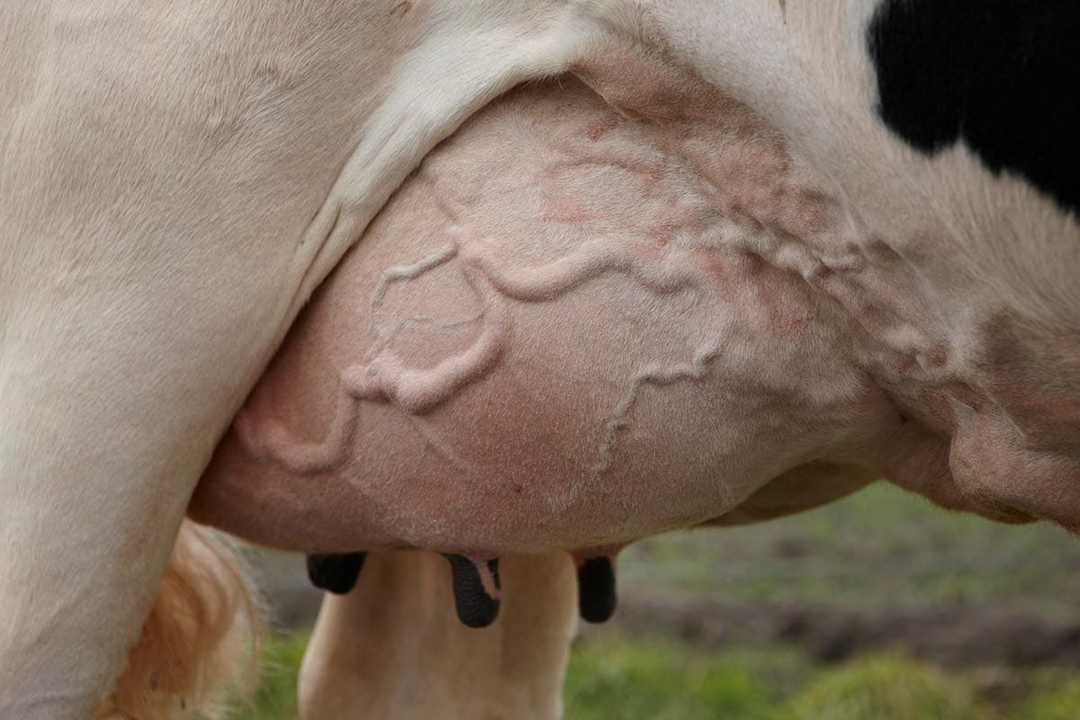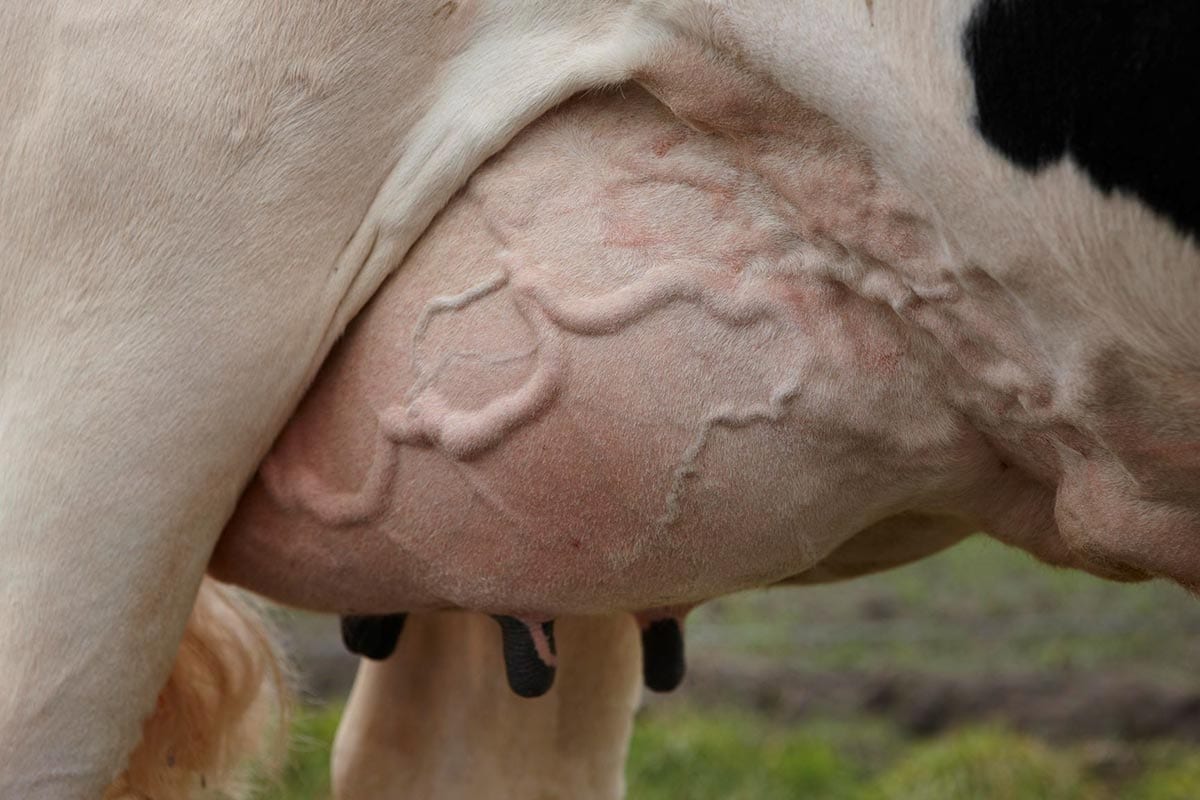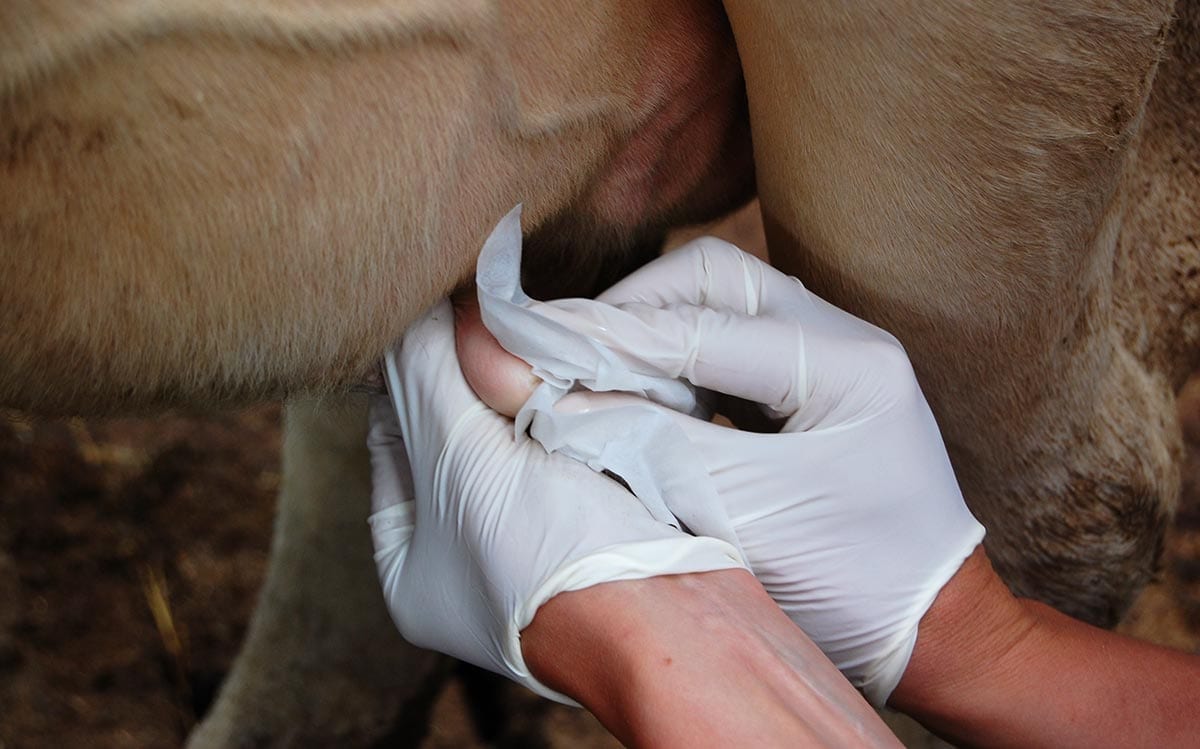11 Mar 2021
New advice around engaging with clients to improve the outcome in cases of clinical mastitis.


A typical background: a farm client reports disappointing outcomes from the treatment of clinical mastitis cases, with many clinical cases recurring.
We discuss a structured approach to this common clinical scenario.
Which cows is the client referring to? Establish at the outset whether the issue is with first cases of mastitis in a cow’s lactation, repeat cases or specific problem cows.
What exactly is the disappointing outcome? Are apparently cured cases recurring? Are cases taking longer than expected to cure? What is the client’s definition of a cure?
The client may be expecting a quick solution, such as a change of intramammary tube.
However, by agreeing at the outset that some investigation will be needed to provide informed advice, while addressing any immediate concerns regarding individual cows, the client is more likely to engage in the process. A conversation about the likely timescale and cost of the investigation may be useful at this stage. The investigation can be started immediately by gathering initial information:
It often seems there is insufficient data to come to an evidence-based solution; however, certain minimal pieces of information can be gathered relatively easily.
This basic piece of information can very quickly help to steer the investigation. A high SCC herd (more than 200,000 cells/ml) is likely to have a relatively high prevalence of Gram-positive mastitis pathogens (Streptococcus uberis, Staphylococcus aureus, Enterococcus species).
In a low SCC herd (less than 200,000 cells/ml), Gram-negative pathogens are likely to be more prevalent (Escherichia coli, Klebsiella species and possibly many others; Bradley et al, 2007).
Gathering basic clinical mastitis (CM) data is an essential part of the investigation; it’s not possible to give properly informed advice on the treatment or management of clinical mastitis without this information.
It’s relatively straightforward to transfer basic data from a farm diary or from on-farm software to a spreadsheet for useful analysis. A photo of the farm diary can be used to populate a spreadsheet back at the practice.
The minimum data required is cow ID, calving date and date of CM for a 12-month period. Extending the period to 24 months helps to show up any seasonality effects with this information in a spreadsheet (Figure 1).
More in-depth information – such as quarter, severity, treatment and outcome – are useful, but not essential.The incidence of first and repeat CM cases can give an indication of treatment success for first cases. If individual SCC data is also available, a more robust definition of a cure – such as SCC lower than 200,000 cells/ml for three months following a clinical case and no recurrence of CM – can be used to calculate a cure rate.
Bacteriology is not essential, but is useful.
The role of bacteriology is to understand the pathogen profile of the herd; submitting 10 CM samples twice a year is a good way to achieve this.
When put in the context of the herd SCC and estimated cure rates, the relative significance of certain pathogens can be better understood – for example, one or two S aureus cows are more likely to be significant in a high SCC herd with high numbers of repeat cases, than in a low SCC herd with a good cure rate.
Armed with an understanding of first case incidence and cure rate, and the likely relative prevalence of Gram-negative and Gram-positive bacteria, you are in a good position to give advice on treatment.
Practicalities such as prompt treatment, use of NSAIDs, aseptic infusion, duration of treatment and broad or narrow-spectrum treatment should be systematically addressed to ensure all the factors that influence treatment success are covered.
The Boehringer Mastitis Therapy Checklist* is a useful tool to help the vet and farmer have this structured discussion, and develop a treatment protocol that is optimised for the farm.

While an optimal treatment protocol is important, preventing first cases occurring should always be the aim.
By establishing where first cases predominantly arise, prevention measures can be targeted at the right area. If the majority of first CM cases occur in the first 30 days of lactation, the dry period should be the focus of attention (Bradley and Green, 2000).
The Quarterpro mastitis pattern analysis tool** is available to help with this.
* Available from [email protected] or local Boehringer Ingelheim Animal Health ruminant specialists.
** Available at https://ahdb.org.uk/quarterpro
An educational service from Boehringer Ingelheim Animal Health UK Ltd (“BI”). Further information available from BI, RG12 8YS, UK. ©2021. All rights reserved. Date of preparation: February 2021. BOV-0041-2021. Use Medicines Responsibly.